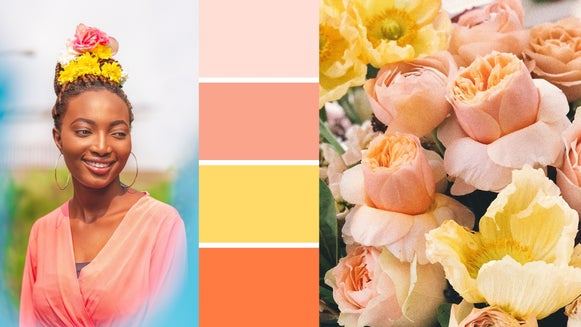A History of Color
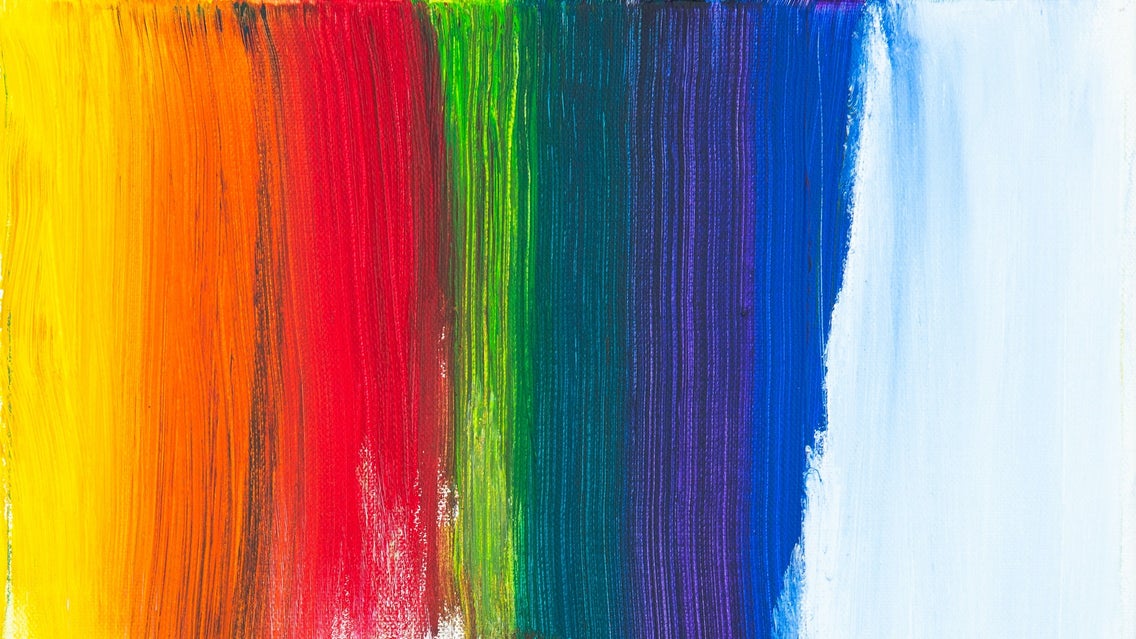
For artists and designers, color is essential to creative work. Each color means something different, and they can be combined in countless ways to change the mood of a piece. Color palettes play an enormous part in painting, brand design, event planning, and photography. But even if you’re not a creative, color is all around you. You definitely have a favorite color (or two); color is probably a big part of your fashion sense, interior design, and general style. But where do our cultural ideas about colors come from, and how are physical colors like dyes and paints created? In this article, we’ll cover the history of the most popular color pigments from one end of the rainbow to the other. Afterward, consider using your newfound knowledge to experiment with color in the Graphic Designer!
What Are the Origins of Color?
Nowadays, colors are a basic building block of learning. We study primary and secondary colors in preschool and kindergarten. Everyone knows the seven colors of the rainbow: Red, orange, yellow, green, blue, indigo, and violet. We have access to fabrics, paints, and products of any color whenever we want, from forest green to neon pink. So it’s easy to forget just how recent most developments in color science are.
The History of Color Theory
Aristotle posited that all colors were created from different combinations of white and black, a concept which was actually ingrained in Western culture for centuries. It wasn’t until Isaac Newton invented the color wheel in 1704 that we established modern color theory, including analogous and complementary colors, which are vital in creating appealing color schemes.

How Colors Are Made
Colors aren’t made so much as discovered, though many are now discovered in labs. In fact, a better understanding of chemical science has allowed us to access an entirely new world of color compared to ancient and medieval times. Meanwhile, the advent of the digital age has made it possible to access any color on our screens at any time. You can even replace colors in your art and images with a single click! But even in a digital world, physical pigments like the kind found in fabric dye and printer ink still play a big role in how we use and perceive color.
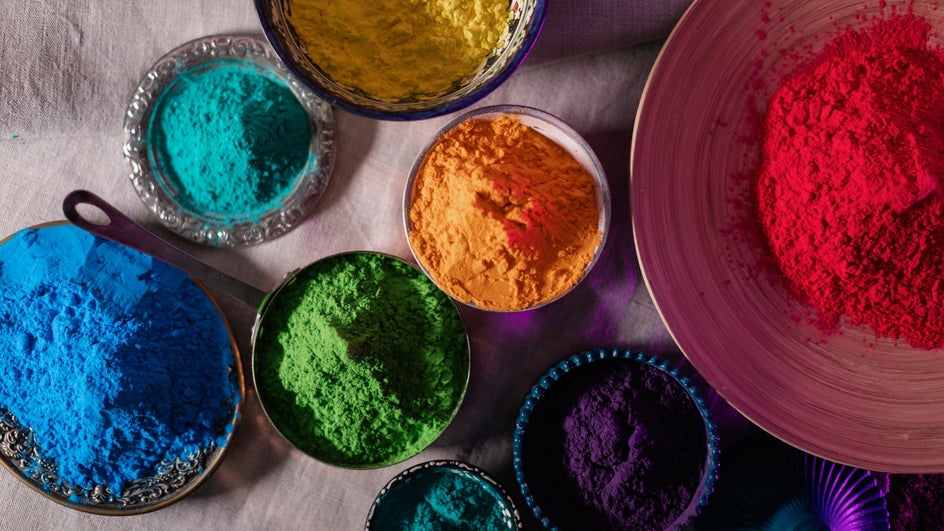
Originally, pigments – bright, colorful substances, usually powders – were taken by ancient humans from their natural surroundings. Pigments could be found in flowers, fruits, animals, insects, and stones. These powders were then mixed with different oils and liquids for smooth application onto stone, wood, and papyrus.
This is how paint was made in the past, and how we continue to make paints today, though scientific advancements have led to the creation of brighter and deeper pigments not found in nature. The discovery of new pigments leads to the “invention” of new colors, and the rarity of a pigment has historically dictated the rarity of that color in art and fashion.

If you’re interested, here’s a complete timeline of pigments and paints used throughout history.
What Are the Origins of Color Meanings?
Pigments developed differently all over the world, meaning their history isn’t quite so simple. The same goes for the origins of color meanings, which change depending on the culture: For instance, in the West, brides wear white as a sign of purity, while black is worn to funerals in mourning. In many East Asian countries, red is worn at weddings for good luck and white is worn to funerals, being heavily associated with death.
These meanings usually span back hundreds or even thousands of years. For instance, purple is still associated with royalty in the West because purple dye was once extremely expensive to manufacture. No matter the culture, colors are imbued with deep history and symbolism.
A History of Color Pigments
Different color pigments were discovered and popularized around the world at different times. Here we’ll dive into the most essential pigments, including how they were made, when they were made, and how they’ve been used throughout history.
Red
Red ochre is one of the earliest known pigments, used by humans in prehistoric times. It’s also still used in paints today. This naturally occurring pigment, found in soil and rocks all across the world, is made of clay mixed with plenty of iron oxide.
Vermilion, made from mercury sulfide, was used throughout Asia and North America for thousands of years. It was well-known to be toxic and caused illness after long exposure. Still, it was the most common red pigment throughout the world until the invention of cadmium red, which continues to produce the most vibrant, cost-effective red paint today – though it’s still slightly toxic!
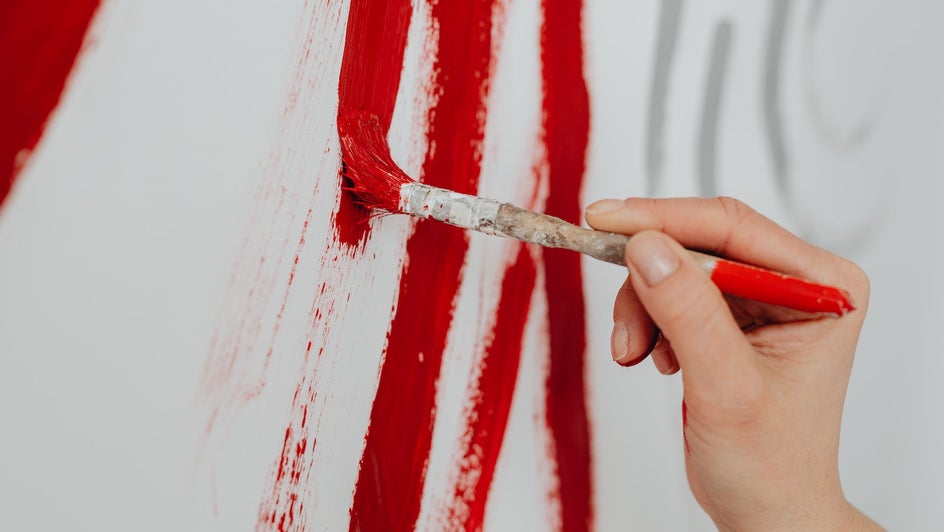
Carmine, created from the insect cochineal, is another very popular red pigment. It has been used to dye fabrics in the Americas since the 2nd century, and is still used today in fabric dyes, food, and makeup products.
Ancient humans may have associated red, the color of blood, with the idea of life. Today, in Western culture, red is often associated with passion, danger, and excitement. In many East Asian cultures, red is a marker of prosperity and good fortune. In some African countries, it’s a color associated with death and mourning.
Orange
The mineral realgar is the oldest known form of orange pigment. This color was used in ancient Egyptian tombs and was a highly toxic type of arsenic – but this didn’t stop its continued use in ancient Rome and medieval Europe.
Saffron is also an early natural source of orange pigment; soaking saffron in hot water creates an extremely effective fabric dye. Saffron is very expensive, but was often used in the robes worn by Hindu and Buddhist monks; the synthetic version of this color is still used in temples to this day.
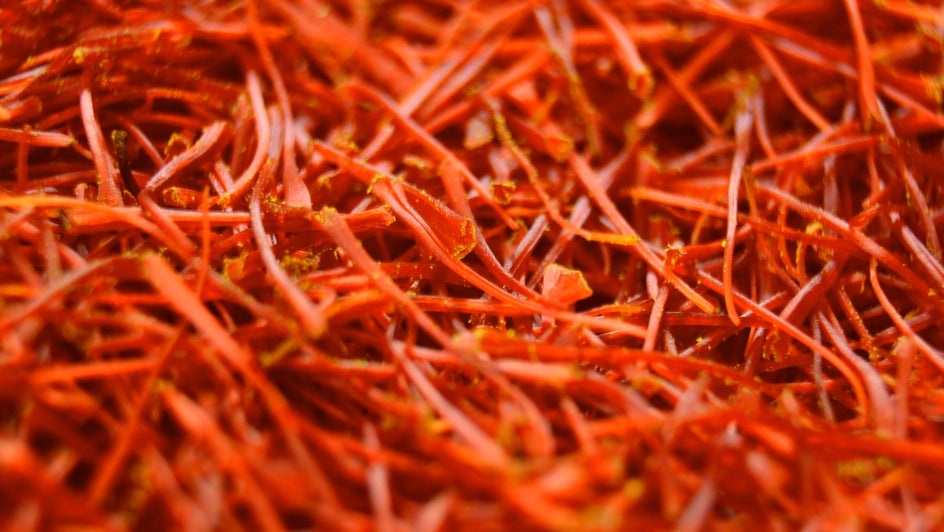
In Europe, the concept of orange by itself did not exist until the fruit was introduced to the continent from Asia. Before that, it was known in England and many other countries as simply “yellow-red.” In Western culture, the color orange often represents joy, energy, and optimism.
Yellow
Like red ochre, yellow ochre is a prehistoric pigment made from clay. However, instead of hematite, yellow ochre pigments contain a different iron ore known as limonite. Orpiment and realgar were also used as yellow pigments in ancient Egypt and in China. In Europe from the Middle Ages through the eighteenth century, the most commonly used pigment was lead-tin yellow.
After the eighteenth century, European painters often imported the pigment Indian yellow, which was made from the urine of cows fed only mango leaves. (That cow urine was the source of the pigment was actually hearsay until laboratory experiments confirmed it in 2018). This color is now mimicked with the pigment nickel azo yellow.

Despite the complicated and often dangerous history of yellow pigment, the color itself is thought of positively in most cultures. In Europe and the US, yellow is most often associated with happiness and hope. In Asia and Africa, yellow is linked to wealth and success.
Yellow is bright and extremely attention-grabbing, making it perfect for posters and other eye-catching designs.
Green
Green is one of the most commonly found pigments in nature, as leaves and plants are full of the photosynthetic pigment chlorophyll. This is why green is associated with growth, rebirth, and harmony across cultures – if you want to evoke nature and new beginnings, a design with a lot of green can do just that.
However, leaves cannot be crushed into lasting pigment. So one of the earliest green pigments was actually verdigris, which is made by oxidizing copper – just like the Statue of Liberty. Ancient Romans used verdigris in mosaics and frescoes.

Green pigments have never been that popular for a few reasons, including expense, manufacturing difficulty, and poor vibrancy. The few vibrant green pigments that were once popular have since been banned due to their extreme toxicity. Luckily, green paint can be easily mixed with access to vibrant yellow and blue.
Blue
For most of history, finding a vibrant blue pigment was easier said than done. The first synthetic pigment ever invented was actually Egyptian blue, developed by the ancient Egyptians. It was made by combining limestone or sand with a copper compound and heating it up to around 1500 degrees Fahrenheit.
Egyptian blue was used for millennia in Egypt and surrounding kingdoms. However, the formula for creating it was lost by the fourth century AD. The next synthetic pigment would not be developed until 1706, when Johann Jacob Diesbach accidentally developed Prussian blue while trying to create cochineal dye.
Before the invention of Prussian blue, vibrant blue pigments like indigo and ultramarine were extremely expensive to produce, and most painters used the more subdued azurite.
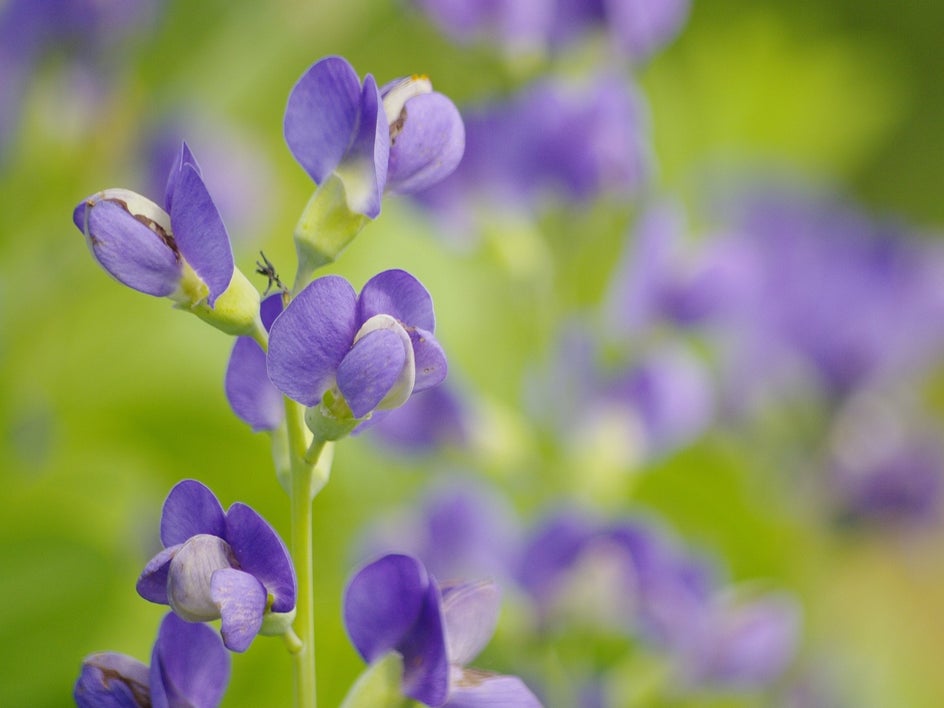
Blue is often associated with calmness, honesty, and trustworthiness. As the color of the sea and sky, it can be used in combination with other natural colors like brown and white to impart peaceful energy.
In Eastern and Latin American cultures, blue is often closely tied to ideas of spirituality, immortality, and heaven. It’s also considered a protective color in many countries. Fun fact: Blue is the most popular favorite color worldwide.
Purple
Like blue, purple has been a notoriously expensive pigment throughout history. The most common source of purple in the ancient world was the pigment Tyrian purple, made by extracting the mucus of a kind of sea snail. It was extremely costly to produce, and manufacturing ended with the fall of the Byzantine Empire.
The next true purple pigment would not exist until 1856, when it was accidentally synthesized as a dye by an 18-year-old London chemist named William Henry Perkin. This is when purple had its royal comeback, being worn by George VI and Queen Elizabeth.
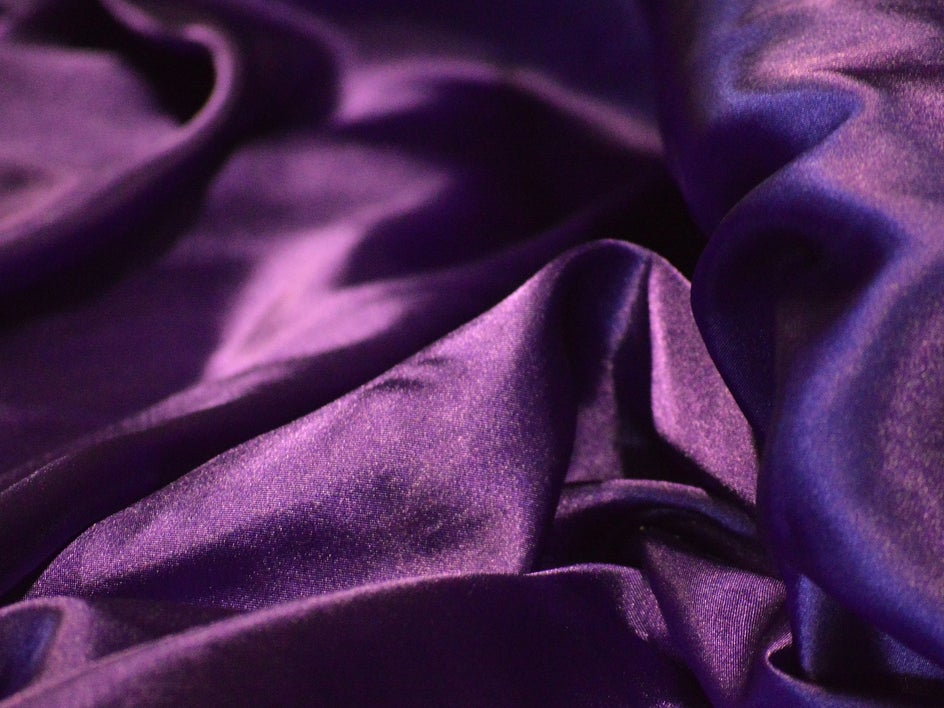
At this point, most painters still used a combination of cobalt blue and madder lake. Cobalt violet and manganese violet were invented in the 19th century, but nowadays, the most common way of creating purple paint is by mixing synthetic ultramarine with crimson.
Because of its expensive history, purple is still associated with royalty, wealth, and divinity across cultures. It’s also tied to ideas of magic and mysticism. In color psychology, purple is often seen as balanced, imaginative, and romantic.
Black
Black is a simple pigment with a lot of impact. The first and most common form of black is carbon black, made from charcoal. This was used in prehistoric cave paintings and is still used in art and drawing today. In China, inks were often made with soot. Bone black, made from charred bones, provided an even darker pigment. These days, starting with the creation of Vantablack, artists and scientists all over the world are trying to create the blackest black.
Black is sometimes mixed with other paints to create darker shades of those colors. However, it’s rare to see black in use by itself; and in fact, most painters prefer the vibrancy of blues, greens, and browns when creating shadows.
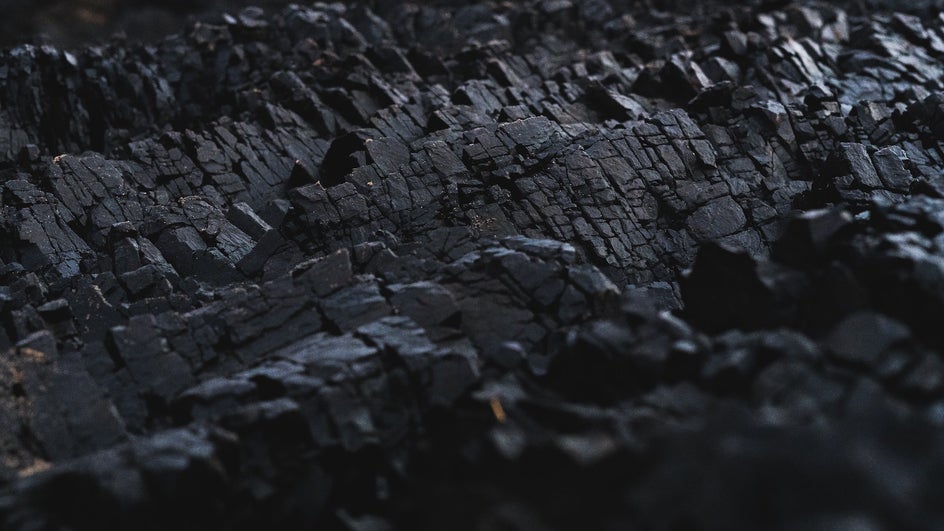
Across cultures, black represents elegance and sophistication, as well as strength and power. In the West, it’s heavily associated with death, grief, and mourning. In China, the element of water is represented by black.
Using a lot of black in your designs can create a strong sense of authority. Just remember that these designs will use much more ink when printing, meaning they’ll be more expensive! Black-heavy designs work better definitely for web and other digital media.
White
The first white pigments used in prehistory were made from chalk or limestone. These have been used throughout the centuries, and are still used today. But for many centuries, the most common white pigment in painting was lead white. Of course, it’s now known that this pigment is highly toxic. Lead white has since been replaced by very bright titanium white.
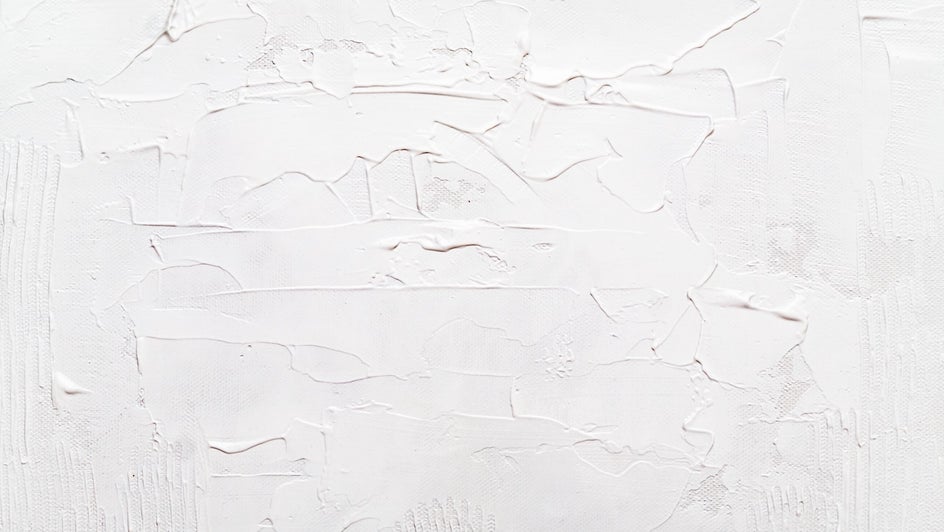
White is essential in painting and art because it allows you to create different color tints, i.e., lighter versions of existing pigments. Without white, it would be difficult to recreate natural light and color in paintings. White is also important in design because it’s the most common way to create negative space.
If you want to create a very natural, organic feeling in your designs, using white in combination with other ancient natural pigments like brown, yellow, black, and red can be a very effective color palette.
Create More With Unlimited Colors
Artists of the past had surprising difficulty getting access to the colors they wanted. Pigments were often expensive, costly, and subject to decay. This makes us all the more grateful that we now have access to every color under the sun! With the Graphic Designer, you can create art with any color you want, without having to worry about cost or quality – just click here to get started.
